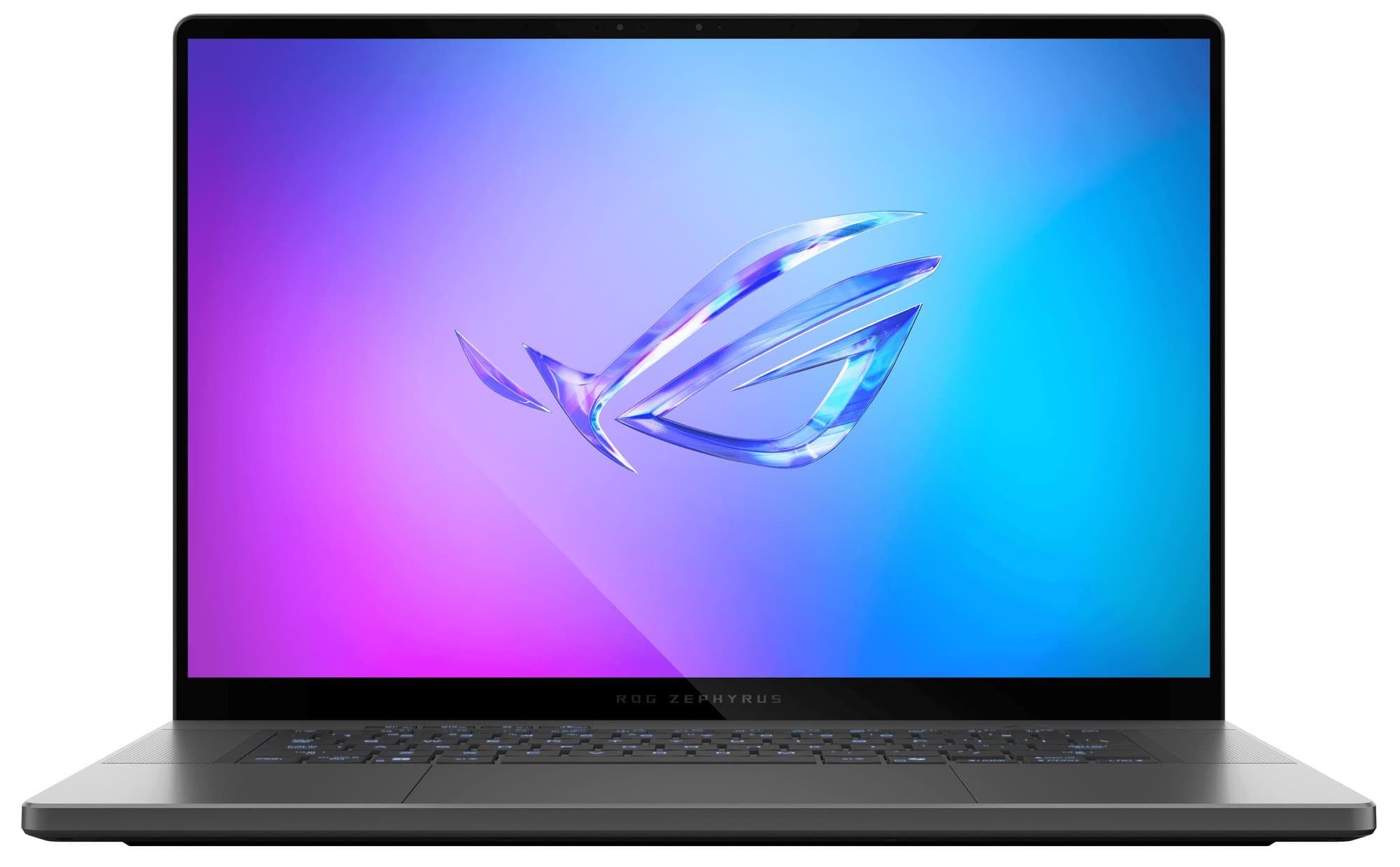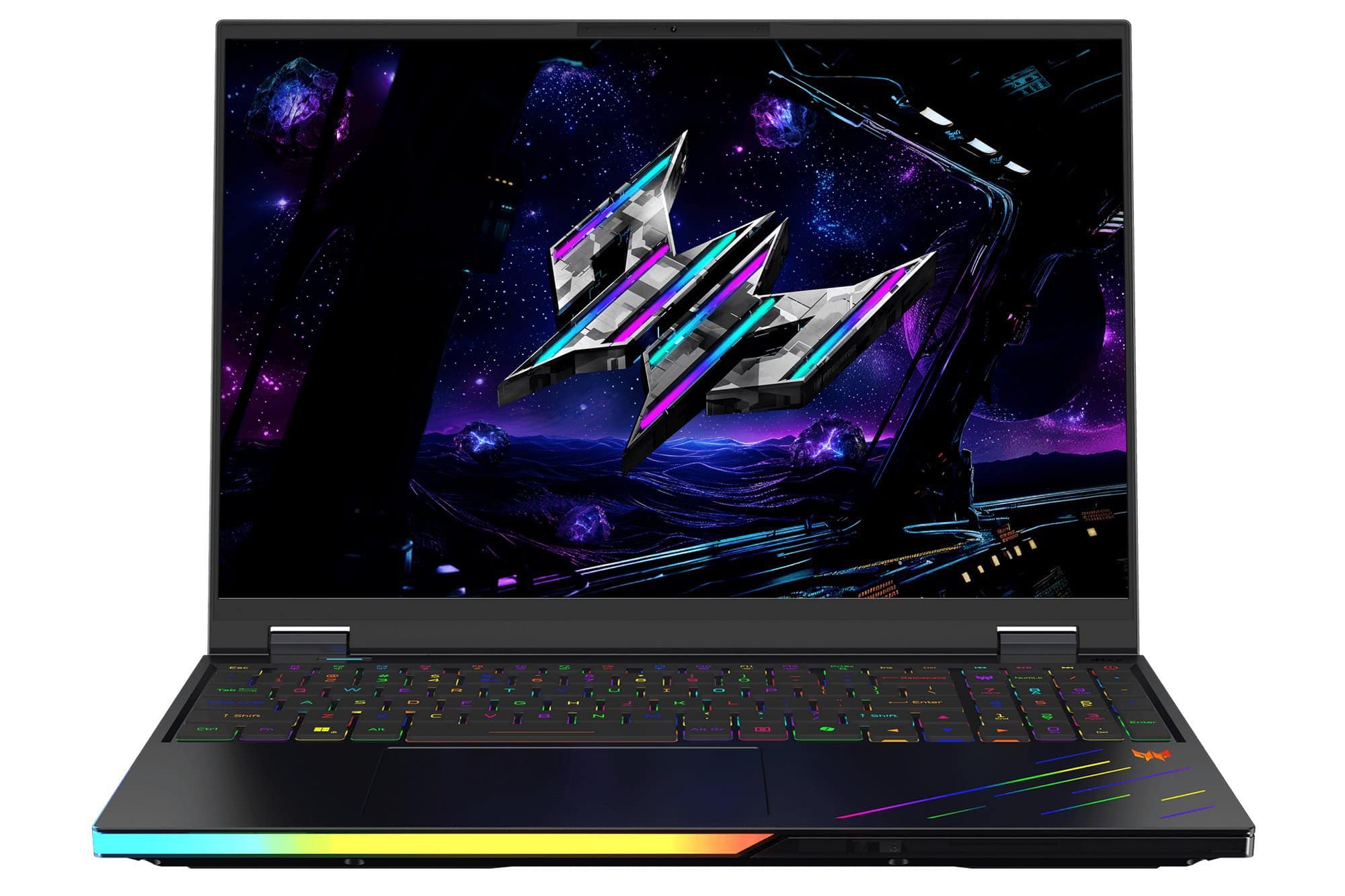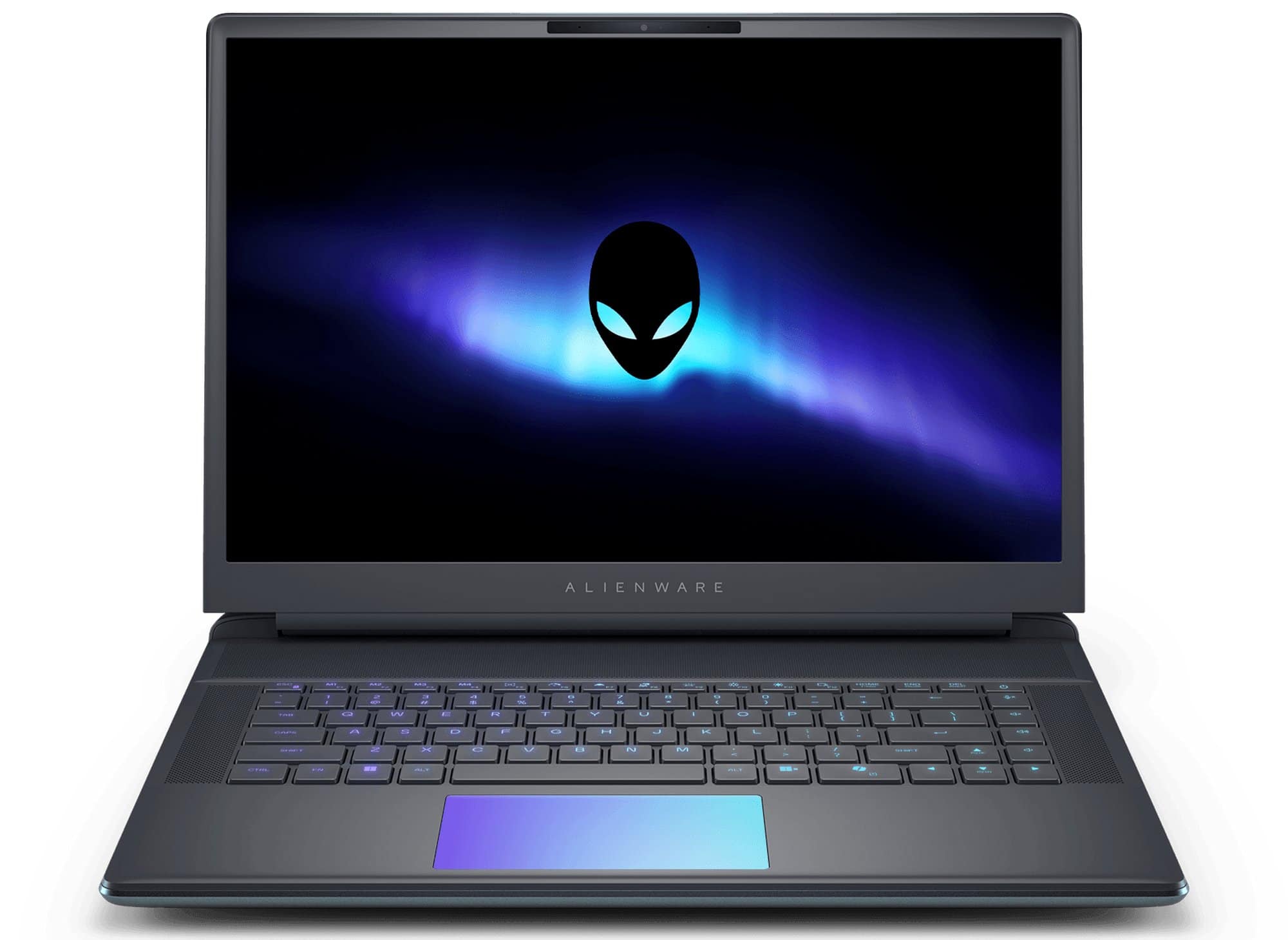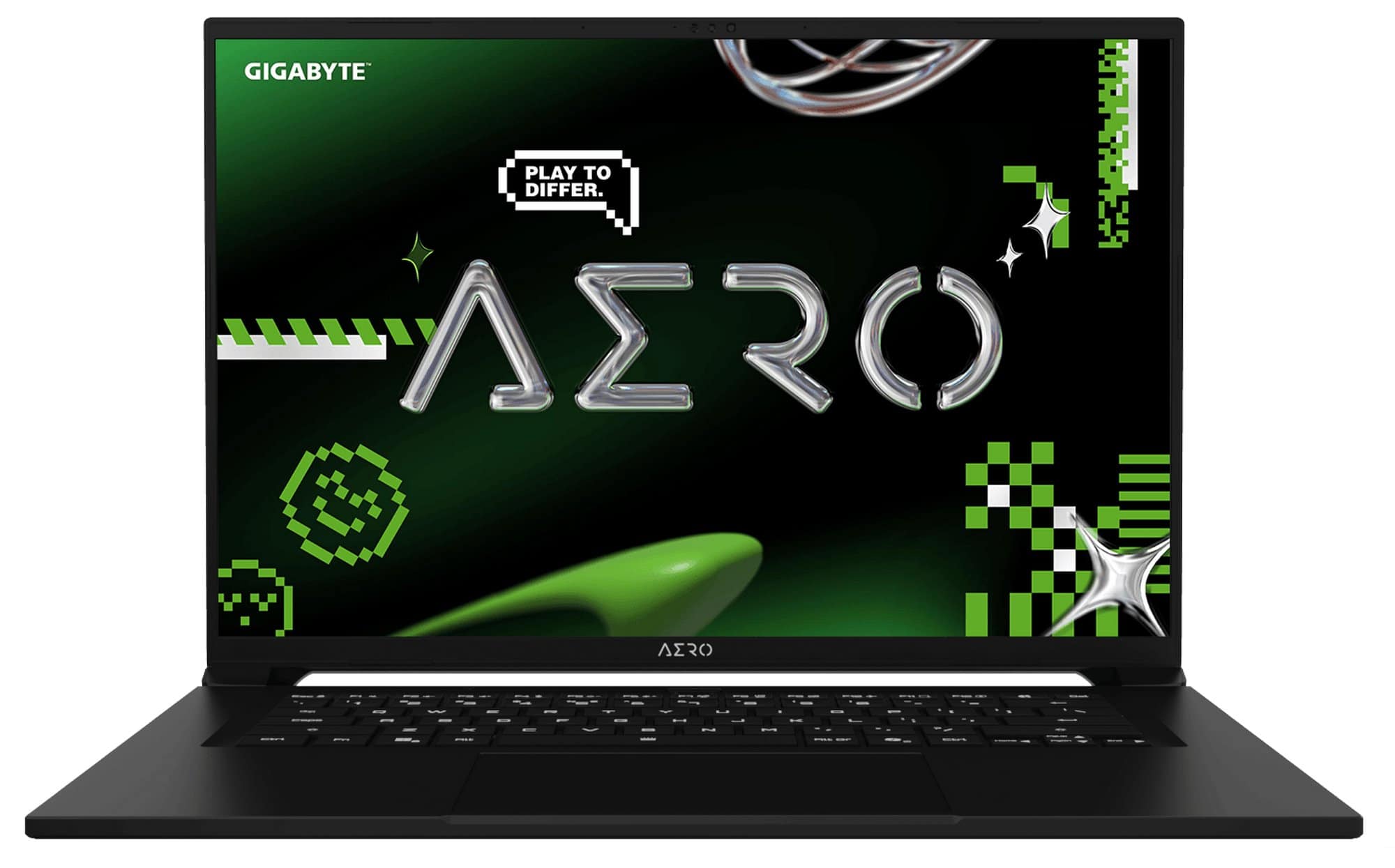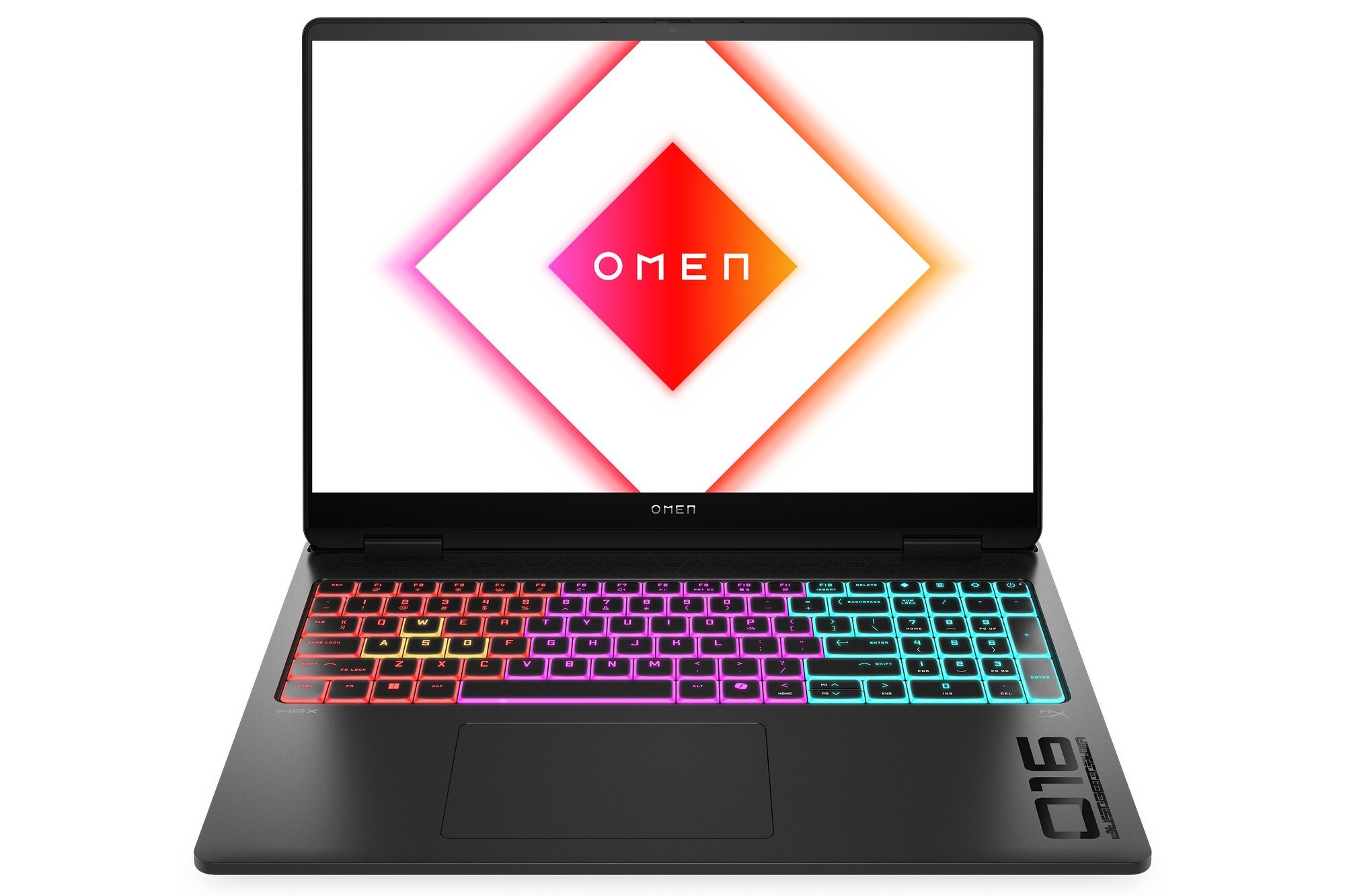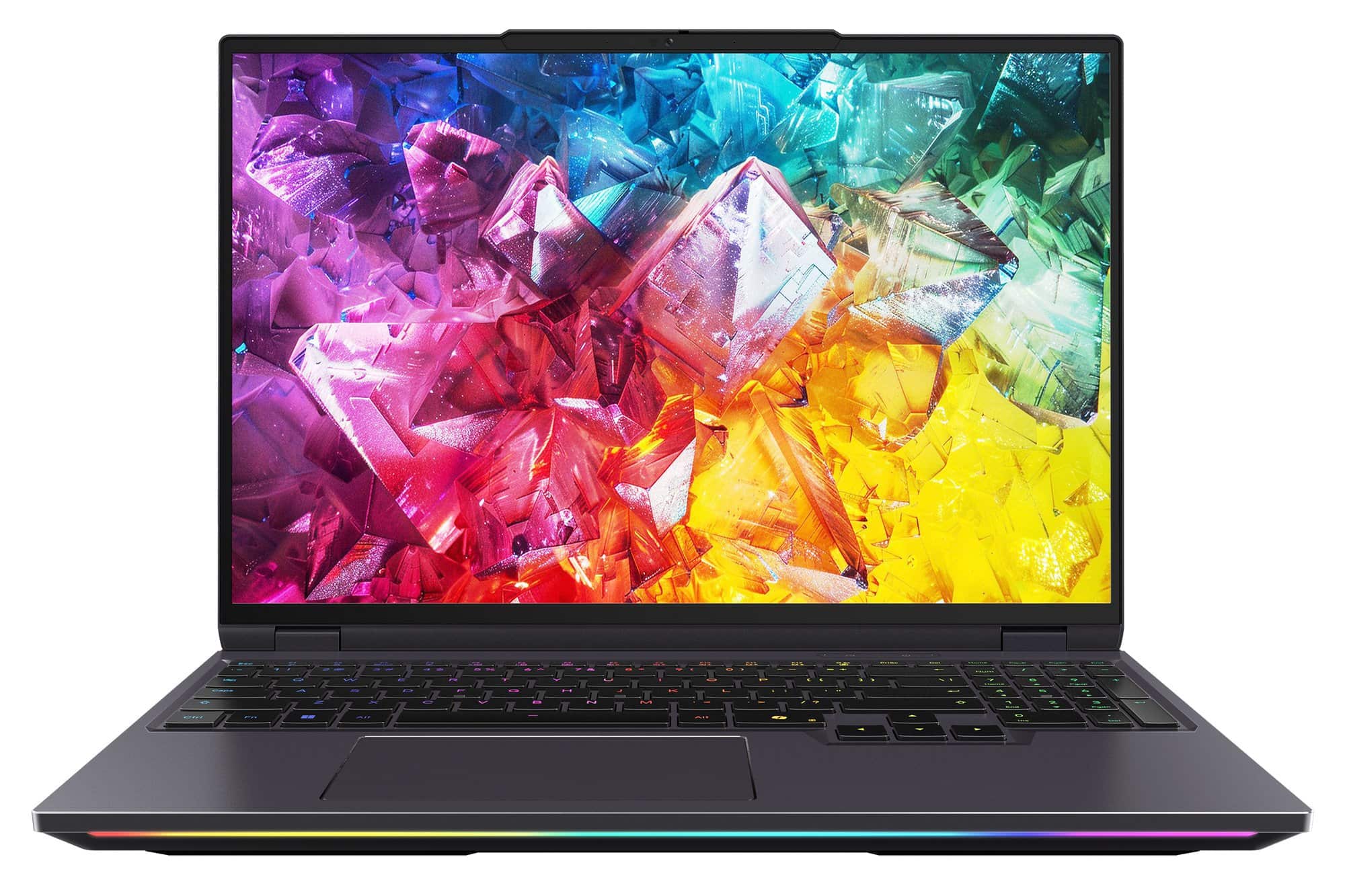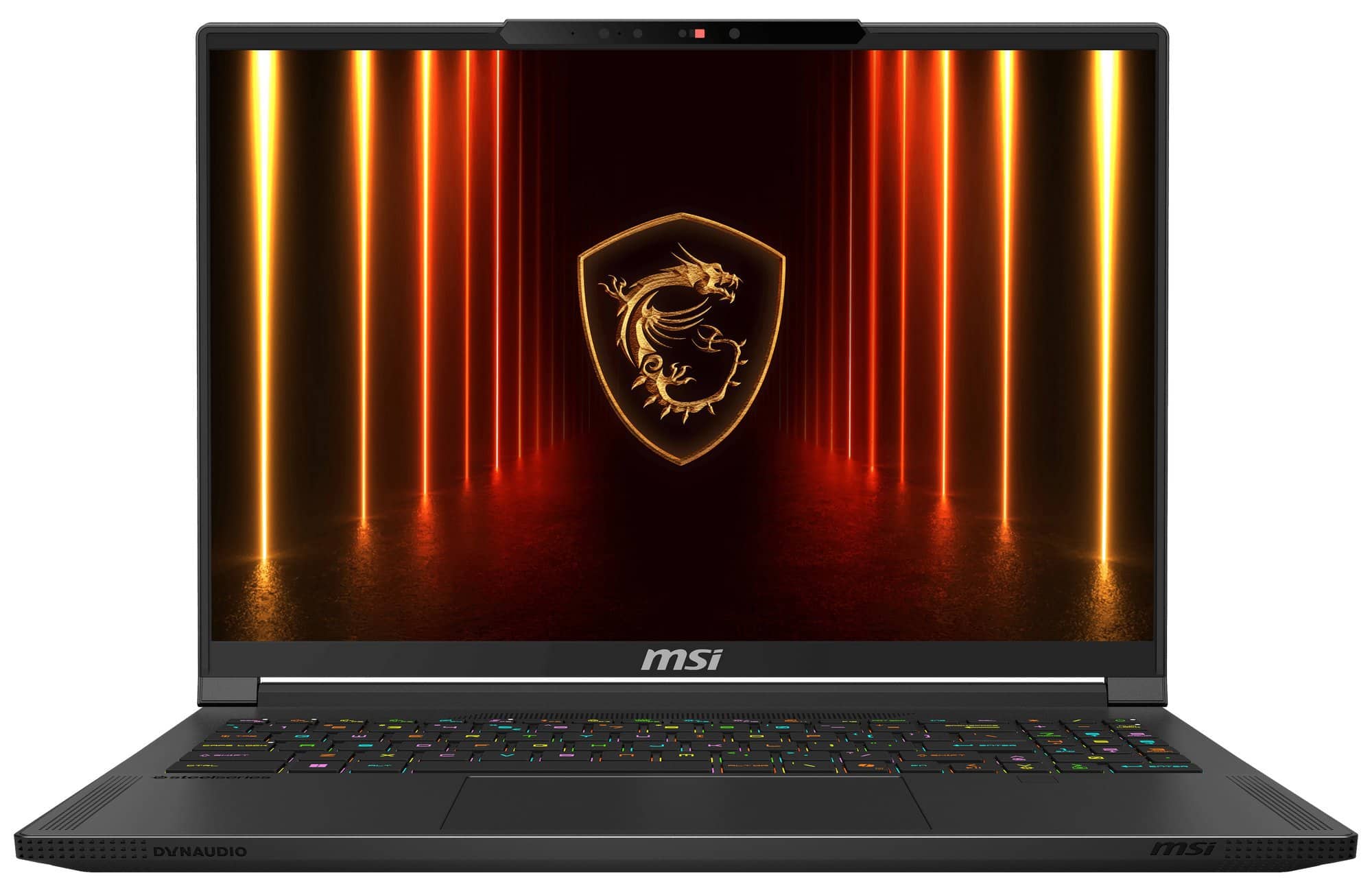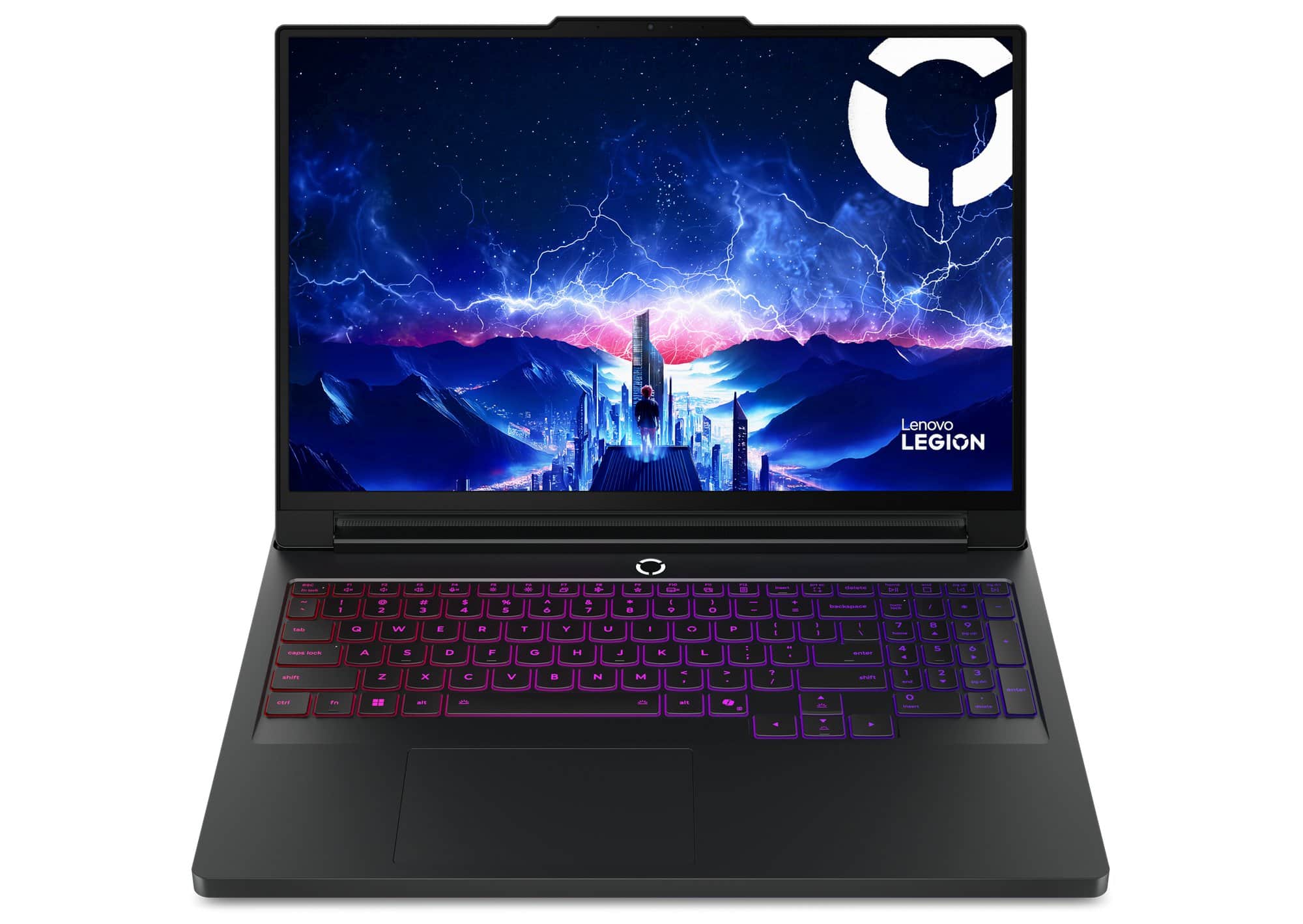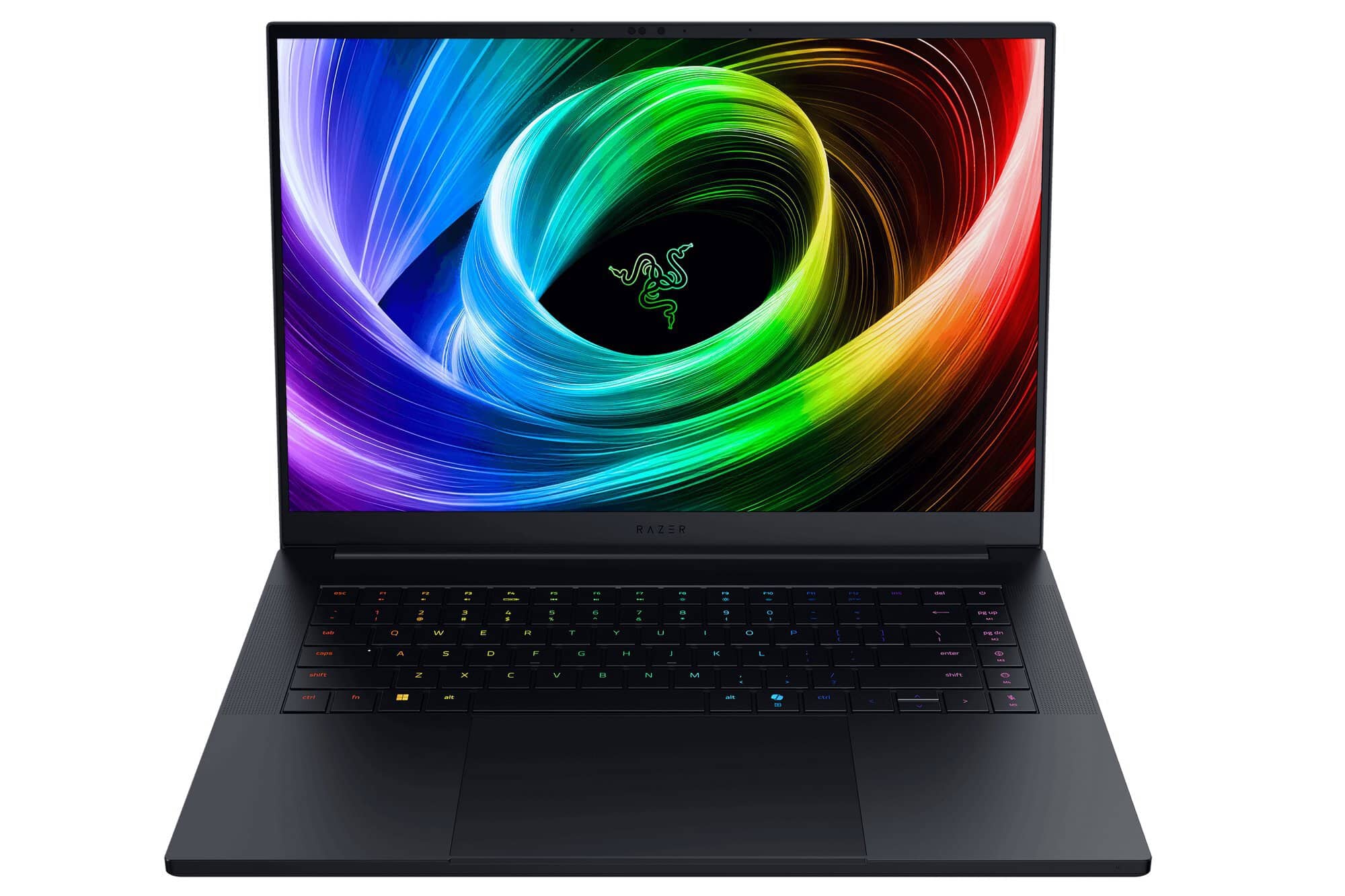At CES 2025, NVIDIA introduced several new innovations. In addition to discrete desktop graphics cards, the company announced the arrival of the GeForce RTX 50 Laptop series—bringing powerful GPUs to mobile systems. This means laptops will soon benefit from significant graphics and computing performance boosts.
The GeForce RTX 5090 Laptop will lead the new series, featuring the GB203 GPU with 10,496 CUDA cores—essentially a full configuration with 10,752 cores. The massive GB202 chip from the desktop RTX 5090 would be excessive for a laptop, especially considering its 575W power requirement, making it impractical for mobile use.
Despite having a 256-bit memory bus, the RTX 5090 Laptop will come with a total of 24GB of memory, achieved using 3GB GDDR7 chips—a first for mobile graphics. The power consumption will be adjustable by laptop manufacturers, ranging from 95W to 150W, depending on the specific laptop model and cooling solution used.
Next in the graphics hierarchy is the GeForce RTX 5080 Laptop, which also uses the GB203 GPU but with 7,680 CUDA cores. While it retains the 256-bit memory bus, the memory configuration is upgraded to 16GB of GDDR7 with 2GB chips, offering a significant memory boost over previous generations.
While the exact bandwidth remains undisclosed, the use of GDDR7 chips with relatively high effective frequencies suggests a very high memory bandwidth. The power consumption for the RTX 5080 Laptop will be adjustable, ranging from 80W to 150W, allowing laptop manufacturers to optimize performance based on the cooling system of their devices.
NVIDIA has also unveiled the GeForce RTX 5070 Ti Laptop, featuring the new GB205 GPU with 5,888 CUDA cores. This model comes with a 192-bit memory bus and 12GB of GDDR7 memory. The configuration closely mirrors that of the desktop RTX 5070, with a slightly lower number of active CUDA cores and likely lower GPU clock speeds, though NVIDIA has not yet disclosed these specifics.
The power consumption for the GeForce RTX 5070 Ti Laptop will range from 60W to 115W. Unlike discrete desktop GPUs, which have fixed TDP values, mobile GPUs have a flexible power range that can be adjusted by manufacturers for each specific laptop model. This option allows for an optimized balance between performance and thermal efficiency, depending on the cooling system of the laptop.
Finally, the classic GeForce RTX 5070 Laptop makes its return in the new generation, powered by the GB206 GPU with 4,608 CUDA cores, a 128-bit memory bus, and 8GB of GDDR7 memory. While the specifications are quite similar to the previous RTX 4070 Laptop, this time, the new architecture and GDDR7 memory are expected to provide a significant increase in memory bandwidth compared to GDDR6. The power consumption for the GeForce RTX 5070 Laptop will range from 50W to 100W, offering a balanced performance-to-power ratio ideal for high-performance laptops.
Returning to the overall capabilities of the GeForce RTX 50 Laptop series, these mobile GPUs will support all the technological advancements currently available for desktop GPUs built on the Blackwell architecture. This includes DLSS 4 with Multi Frame Generation, the updated Reflex 2 technology for reduced latency, and a host of other state-of-the-art features designed to enhance gaming and productivity experiences.
A major highlight of NVIDIA's new mobile GPUs is the focus on energy efficiency. The company emphasizes that its Blackwell Max-Q technology has been completely re-engineered from the ground up. New Power Gating mechanisms are designed to quickly switch between different power states of the GPU, reducing transition times and optimizing power settings based on workload demands. Additionally, the use of GDDR7 memory chips, which operate at a lower voltage, further contributes to the overall energy savings.
As a result, NVIDIA claims that the new GPUs will offer up to a 40% increase in battery life compared to laptops powered by the previous generation of GeForce RTX cards. While this is an ambitious statement, it will require practical validation in real-world usage.
Confirmation of the promised energy efficiency improvements and overall performance boost will likely come in March, when laptops featuring the GeForce RTX 5090/5080/5070 Ti Laptop GPUs hit the market. However, models with the GeForce RTX 5070 Laptop graphics will not be available until at least April.
Several partners have already announced laptops with the new NVIDIA graphics, including Acer, ASUS, Dell, GIGABYTE, HP, Lenovo, MECHREVO, MSI, and Razer. This list is expected to grow as more manufacturers reveal their upcoming devices. Meanwhile, you can check out photos and renders of the upcoming models featuring GeForce RTX 50 Laptop GPUs from the mentioned companies in the gallery.





